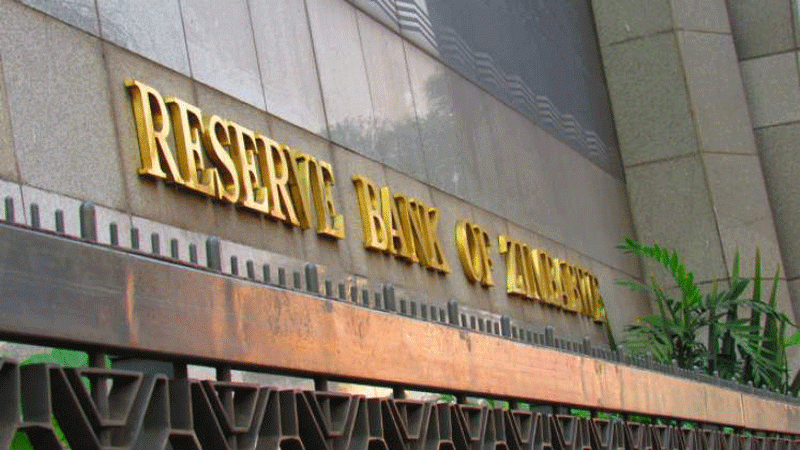
THE Reserve Bank of Zimbabwe (RBZ) has managed to set up a framework for using a gold-backed payment card after successfully testing the technology with banks, it has emerged.
RBZ governor John Mangudya revealed in July last year that the apex bank was considering gold VISA cards.
He said the introduction of these cards, was dependent on the uptake of the gold coins.
A well-placed source at the RBZ told Standardbusiness that the framework had been made with testing already done.
“Yes. After the release of the gold tokens, the Reserve Bank began to work on the gold cards,” the source said.
“What they did was to approach the banks and ask them to establish a payment system based on the current real-time gross settlement system to create the framework necessary to allow for the usage of a card.
“The card would represent either a gold coin or token.
“The system is in place, and they had a beta system launched which showed it was working.
- RBZ blocks Harare US dollar charges
- Industry cries foul over new export surrender requirements
- One stitch in time saves nine
- Banks keep NPLs in safe territory
Keep Reading
“I think, should other banks come on board, specifically, the foreign-owned banks and large local banks, using these gold-backed cards could be done as early as September.”
The source said that the cards, at least for now, would only be used locally as there are a lot of international requirements when using payment cards outside the country.
“When you are using Visa or MasterCard outside the country the reason why you can withdraw is because that ATM (automated teller machine) would be funded. Who would fund this gold-backed card?
“So, the usage of these cards needs more approvals and the cooperation of the foreign banks to be used internationally,” the source said.
The cards will take pressure off the local currency for local transactions, the insider revealed.
In May, the RBZ introduced gold-backed tokens into the market to further support the mopping up of excess local currency liquidity circulating in the market.
As of July 20, 325,02 kilogrammes of the gold tokens had been purchased valued at US$20,34 million using current prices for the yellow mineral.
The gold coins and tokens were introduced after the local currency lost over 700% of its value this year against the greenback resulting in the authorities being forced to print money.
However, without the necessary economic growth to support this printing, it meant the loss in value of the Zimbabwe dollar.
Thus, gold coins were meant to mop up the excess liquidity to prevent the local currency from depreciating.
These measures have seen the local currency gain at least 30% of its value, against the greenback, since the middle of last month to date.
Following a Monetary Policy Committee (MPC) meeting last Friday, Mangudya said the measures put in place had resulted in month-on-month inflation, which peaked at 74,5% in June 2023, falling to minus 15,3% in July 2023.
Mangudya said the annual inflation rate fell from 175,8% in June 2023 to 101,3% in July 2023.
“In view of the current positive inflation and exchange rate developments, the MPC resolved to stay the course of the current tight monetary policy stance and allow time for the current measures to take the full course of their impact on the dual currency economy,” he said.
“The MPC is strongly committed to remaining watchful of any potential shocks and putting in place appropriate safeguard measures to ensure that the economy remains on track to achieving price and exchange rate stability to support the strong economic fundamentals.”
Mangudya said the MPC would continue to review monetary policy measures on a regular basis in line with month-on-month inflation developments and monetary conditions.







